Museo del Hanbok de Lee Rhee-za (이리자 한복전시관)
567.3M 2022-06-30
Samcheong-ro 20, Jongno-gu, Seúl.
Este museo, en lugar de representar simplemente los hanbok (trajes tradicionales), demuestra de manera simple los ritos de paso que debe atravesar una persona, desde su nacimiento hasta la muerte, y, en su conjunto, presenta la vestimenta y sus accesorios correspondientes. Los trajes tradicionales son obra de la famosa diseñadora de hanbok Lee Rhee-za, los cuales también se pueden utilizar en la actualidad. Además de los trajes, también podrá conocer la gran variedad de accesorios y adornos tradicionales.
Inwoohouse [Korea Quality] (인우하우스 [한국관광 품질인증])
574.6M 2025-07-18
9, Gyedong 6-gil, Jongno-gu, Seoul
The Hanok (더 한옥)
581.1M 2021-03-24
75, Gyedong-gil, Jongno-gu, Seoul
+82-2-743-7470
You can enjoy coffee in a hanok (Korean house). This restaurant's signature menu is coffee. This cafe is located in Jongno-gu, Seoul.
Museo de Arte Kumho (금호미술관)
585.1M 2023-02-22
Samcheong-ro 18, Jongno-gu, Seúl.
El Museo de Arte Kumho fue inaugurado el 10 de mayo de 1989, con el objetivo de proporcionar espacio para la exposición de obras de los nuevos artistas y de esta manera desarrollar, capacitar y beneficiar el sector de la cultura artística. Luego, en octubre de 1999, con la llegada de Park Gang-ja, la nueva titular del museo, se transformó en un complejo artístico y cultural.
Galería Hyundai (갤러리 현대)
603.8M 2021-03-09
Samcheong-ro 14, Jongno-gu, Seúl.
+82-2-2287-3500
Fue inaugurada en abril de 1970, con el nombre “Hyundai Hwarang” en Insa-dong, distrito de Jongno-gu, Seúl. Durante más de 40 años ha presentado exposiciones de los artistas más célebres en la historia de Corea: Park Su-geun, Lee Jung-seob, Kim Hwan-gi, Chang Ucchin, Chun Kyung-ja, Lee Dae-won, Yu Yeong-guk, Lee U-fan, Paik Nam-june, Shim Moon-seup, etc.
Consta de dos edificios, el principal y otro anexo, y también dispone de una sede en Gangnam. La galería de Gangnam abarca una dimensión más amplia de artistas sin restricción de género ni estilo, de tal manera que presenta exposiciones de alta calidad, posibilitando el conocimiento del mercado artístico tanto nacional como extranjero. Esta institución artística también se encarga de presentar y promocionar a artistas jóvenes.
Dugahun (두가헌)
603.8M 2020-05-07
14, Samcheong-ro, Jongno-gu, Seoul
+82-2-3210-2100
The wine restaurant, dugahun, is located in the backyard of Gallery Hyundai on Samcheong-dong Road. As the name Dugahun, translated ‘a very beautiful house’, implies, the restaurant is characterized by its exquisite, antique architecture that dates back to the 1910s. Combining fine Western dining and a wide selection of wines with a beautiful hanok interior, dugahun provides visitors with a unique dining experience. For an added element of culture, visit Gallery dugahun (the adjacent Russian-style brick building) and take a look at the array of domestic and international artwork on display.
Keungiwajip (큰기와집)
611.0M 2021-09-27
62, Bukchon-ro 5-gil, Jongno-gu, Seoul
+82-2-722-9024
It’s a 2018 Michelin Guide restaurant. The best menu at this restaurant is soy sauce marinated crab. This Korean dishes restaurant is located in Jongno-gu, Seoul.
Calle Frontal de Cheong Wa Dae (청와대 앞길)
621.7M 2025-08-20
Gungjeong-dong, Jongno-gu, Seúl
La calle frontal de Cheong Wa Dae (también conocida como Casa Azul) está abierta al público e incluye el Hyoja Samgeori (intersección de tres calles) en Hyoja-dong y el Palpan Samgeori (intersección de tres calles) en Palpan-dong. Cuando se camina por la calle Hyoja-ro, desde la Estación de Gyeongbokgung del metro, se pueden ver una fuente, el jardín Mugunghwa, y los pabellones Daegogak y Yongbingwan. Al principio de la calle, enfrente de Cheong Wa Dae, árboles y hermosos jardines de flores decoran los dos lados de la misma, creando un agradable lugar para pasear.
Centro Cultural de Bukchon (북촌문화센터)
636.6M 2024-12-27
Gyedong-gil 37, Jongno-gu, Seúl.
Ocho Vistas Panorámicas de Bukchon (북촌 8경)
636.6M 2024-12-03
Gyedong-gil 37, Jongno-gu, Seúl
+82-2-2148-4161
Bukchon, traducido literalmente como "Aldea del Norte", se refiere al vecindario ubicado al norte del arroyo Cheonggyecheon y el área de Jongno. La zona al sur de Jongno, que hoy en día es Namsan, fue llamada como Namchon, que significa "Aldea del Sur". La Aldea de Bukchon fue habitada principalmente por familiares de familias reales y poderosas autoridades, mientras que la Aldea de Namchon fue utilizada por funcionarios del gobierno de clase media durante el período Joseon. Ahora conocida como Aldea Tradicional de Bukchon, el vecindario se ha convertido en una de las atracciones turísticas más representativas de Corea, que ofrece la oportunidad de tomar varias fotografías memorables. Los visitantes pueden disfrutar de las perspectivas de Seúl junto con los edificios tradicionales hanok siguiendo el recorrido de las Ocho Vistas Panorámicas de Bukchon.
[Ocho Vistas Panorámicas de Bukchon]
Vista panorámica 1 - Vista del palacio de Changdeokgung sobre el muro de piedra
Vista panorámica 2 - Vista del Camino de las Artesanías de Wonseo-dong
Vista panorámica 3 - Vista de casas hanok en el área de 11-beonji de Gahoe-dong
Vista panorámica 4 - Vista de Gahoe-dong 31-beonji desde la cima de la colina
Vista panorámica 5 - Vista del callejón Gahoe-dong (cuesta abajo)
Vista panorámica 6 - Vista del callejón Gahoe-dong (cuesta arriba)
Vista panorámica 7 - Vista del callejón Gahoe-dong 31-beonji
Vista panorámica 8 - Vista desde la escalera de piedra de Samcheong-dong

![Inwoohouse [Korea Quality] (인우하우스 [한국관광 품질인증])](http://tong.visitkorea.or.kr/cms/resource/56/3009456_image2_1.jpg)
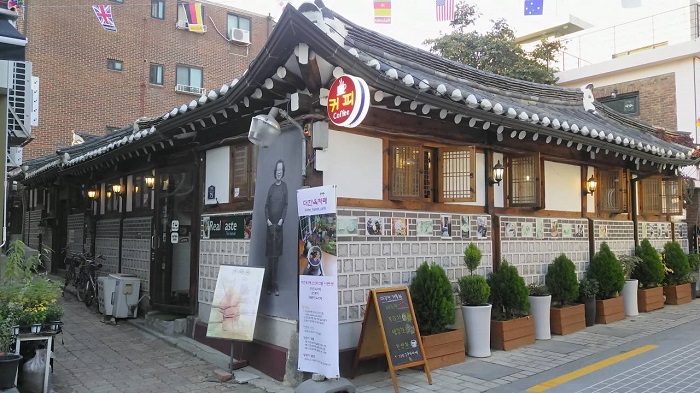
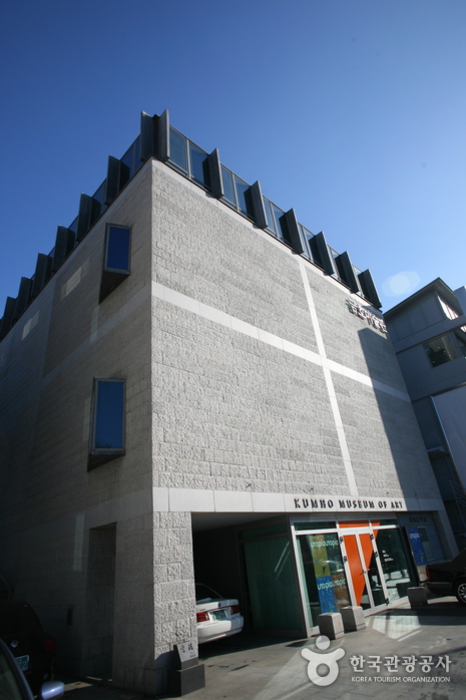
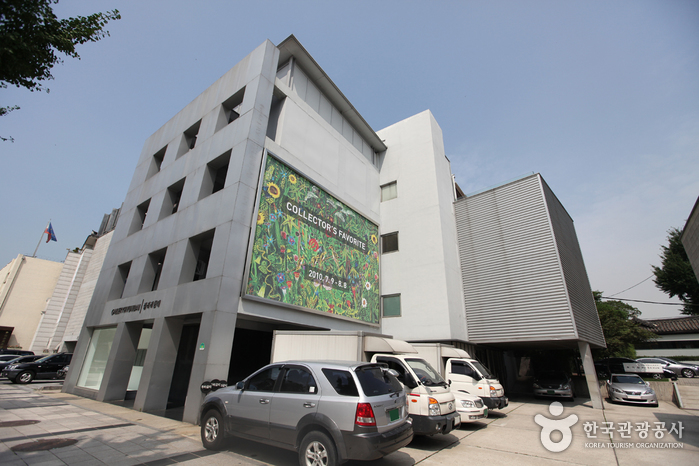
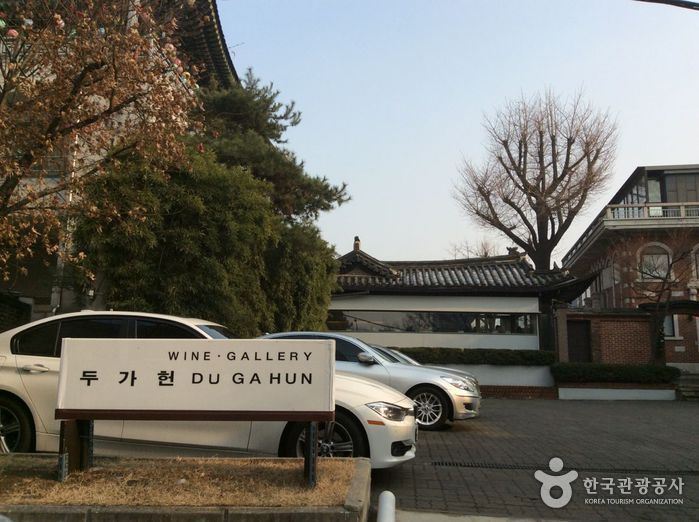
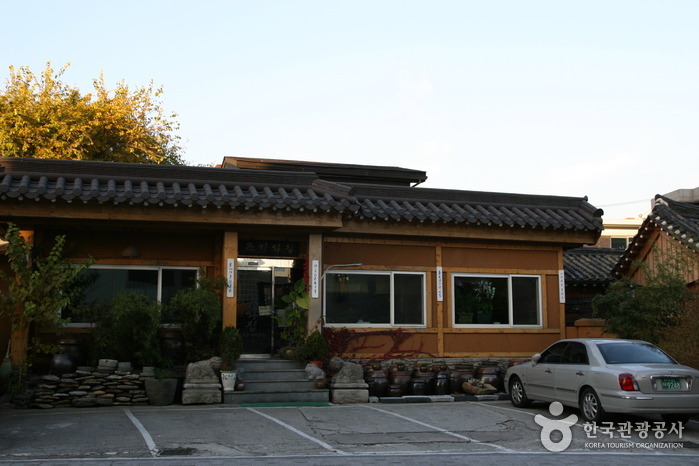
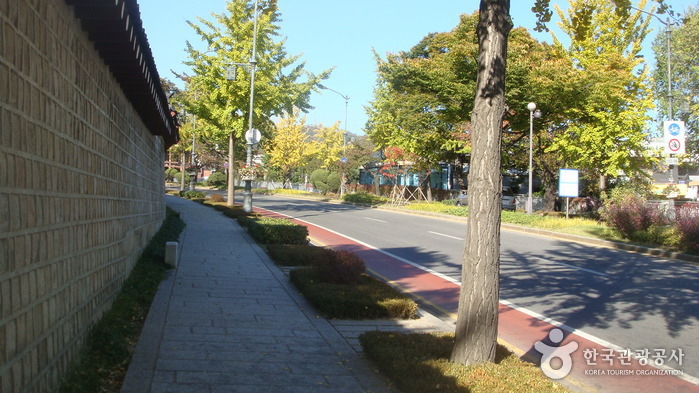
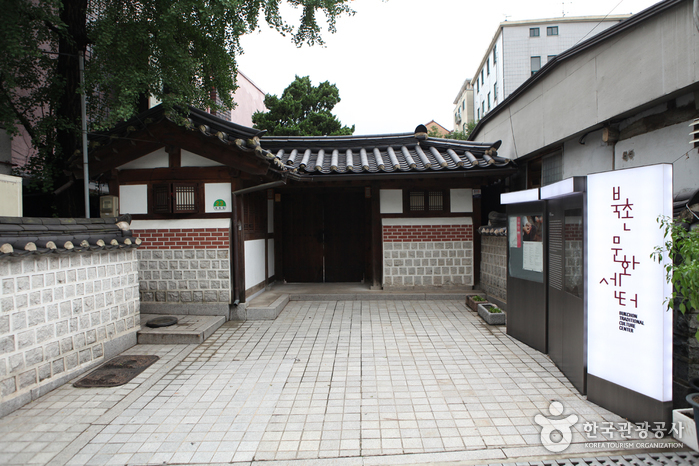
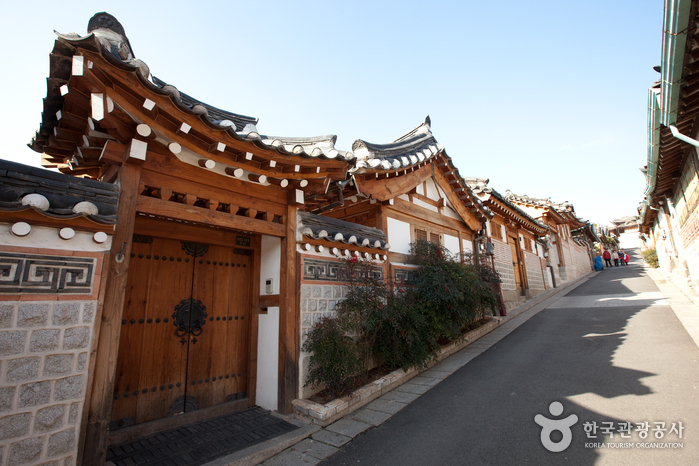
 Español
Español
 한국어
한국어 English
English 日本語
日本語 中文(简体)
中文(简体) Deutsch
Deutsch Français
Français Русский
Русский